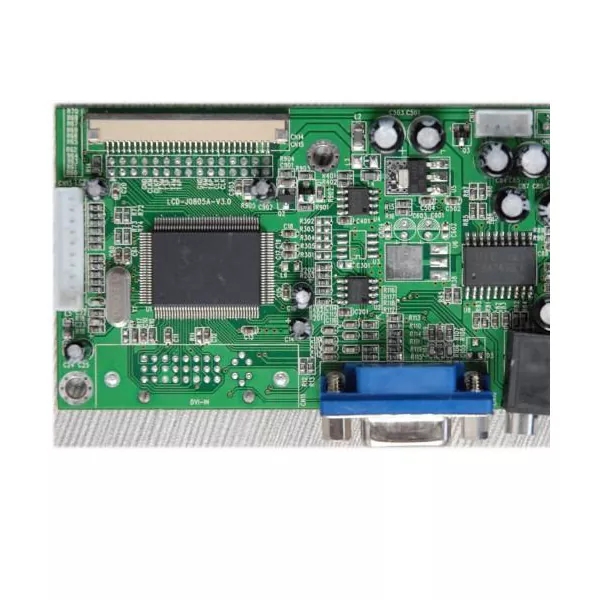- English
- Español
- Português
- русский
- Français
- 日本語
- Deutsch
- tiếng Việt
- Italiano
- Nederlands
- ภาษาไทย
- Polski
- 한국어
- Svenska
- magyar
- Malay
- বাংলা ভাষার
- Dansk
- Suomi
- हिन्दी
- Pilipino
- Türkçe
- Gaeilge
- العربية
- Indonesia
- Norsk
- تمل
- český
- ελληνικά
- український
- Javanese
- فارسی
- தமிழ்
- తెలుగు
- नेपाली
- Burmese
- български
- ລາວ
- Latine
- Қазақша
- Euskal
- Azərbaycan
- Slovenský jazyk
- Македонски
- Lietuvos
- Eesti Keel
- Română
- Slovenski
- मराठी
- Srpski језик
What are the uses of PCB?

Computers and Laptops: PCBs are extensively used in computers and laptops to provide the electrical connections and mechanical support for various components, including the processor, memory modules, expansion cards, and connectors.
Mobile Phones and Smartphones: PCBs are essential in mobile devices to enable the integration of numerous components such as the central processing unit (CPU), memory chips, graphics processors, radio frequency (RF) modules, display drivers, and power management circuits.
Consumer Electronics: PCBs are found in a wide range of consumer electronics, including televisions, audio systems, DVD players, gaming consoles, cameras, home appliances, and wearable devices. They facilitate the interconnection of different components and enable the functioning of these devices.
Automotive Electronics: PCBs play a crucial role in automotive electronics, providing electrical connections and support for various systems, including engine control units (ECUs), entertainment systems, navigation systems, driver assistance systems, and lighting systems.
Aerospace and Defense: PCBs are extensively used in aerospace and defense applications, where they withstand harsh environmental conditions, vibrations, and extreme temperatures. They are employed in avionics systems, satellite communication systems, radar systems, guidance systems, and military equipment.
Medical Devices: PCBs are an integral part of medical devices, ranging from small handheld devices to large medical equipment. They are used in patient monitoring systems, diagnostic equipment, imaging devices, implantable medical devices, and laboratory equipment.
Industrial Equipment: PCBs are employed in various industrial applications, including control systems, automation equipment, robotics, power distribution systems, and sensors. They provide the necessary connections for control and communication within industrial machinery and systems.
Communication Systems: PCBs are utilized in communication systems such as routers, modems, switches, wireless access points, and network infrastructure equipment. They enable the processing, transmission, and reception of data in telecommunications networks.
LED Lighting: PCBs are utilized in LED lighting fixtures to connect and control the LED chips. They provide the necessary electrical connections, power distribution, and circuitry to ensure the proper functioning of LED lighting systems.
Renewable Energy Systems: PCBs are used in renewable energy systems, including solar power inverters, wind turbines, and energy storage systems. They facilitate the control, monitoring, and conversion of energy in these systems.
These are just a few examples of the extensive range of applications where PCBs are utilized. The versatility, reliability, and compactness of PCBs make them an essential component in the design and manufacture of electronic devices and systems.
Previous:The role and application of PCB



